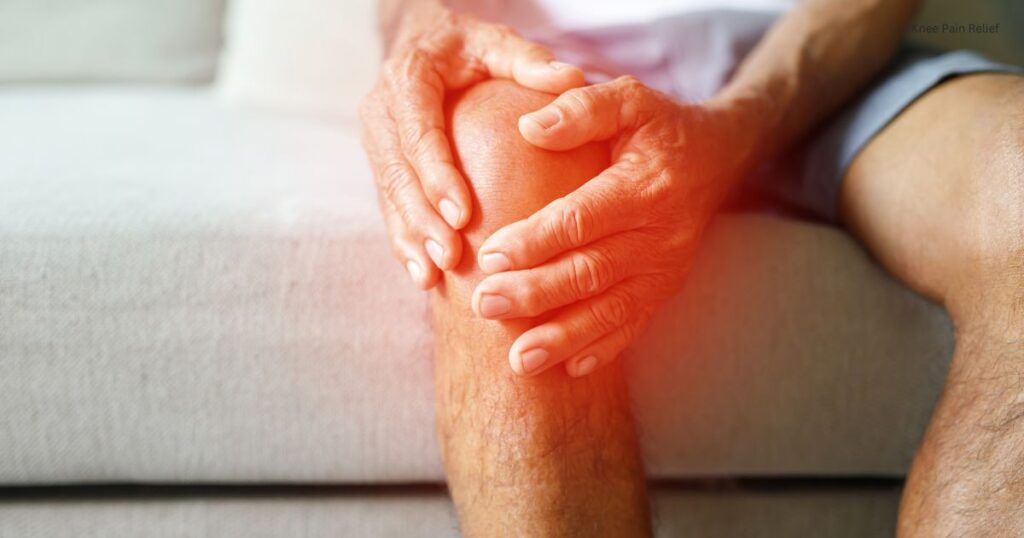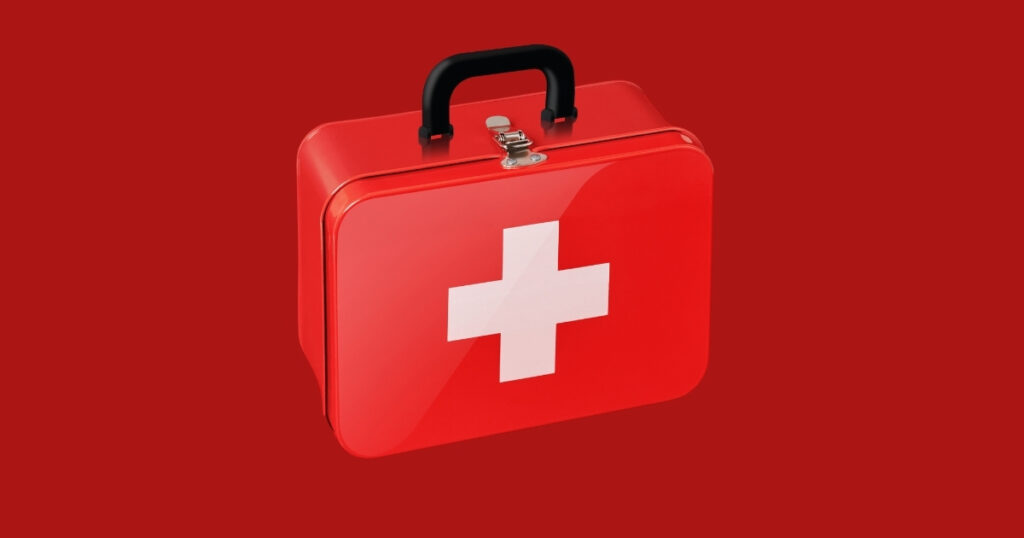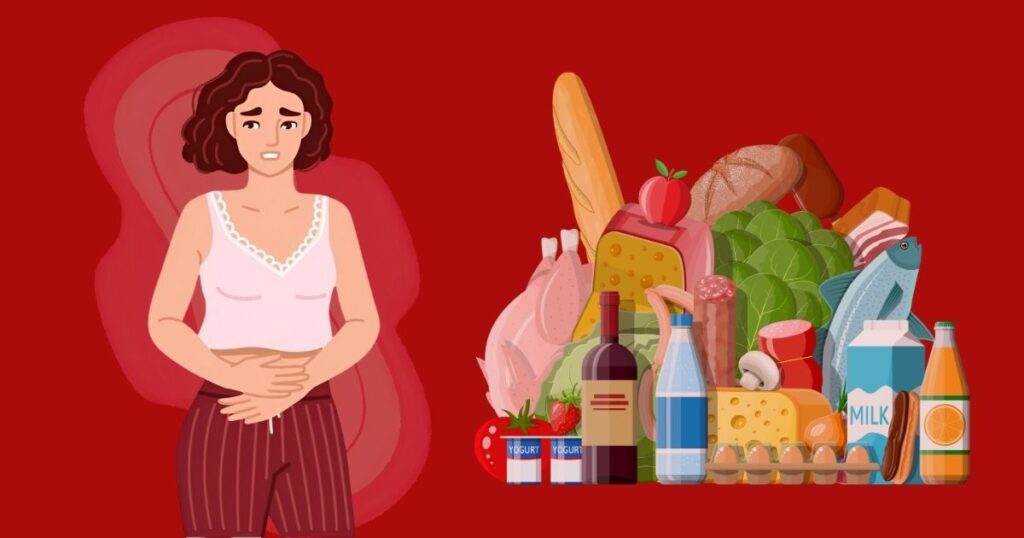Knee pain is no more restricted to old age. According to physiotherapists and other medical practitioners, the condition affects people of all ages. It is possible to get rid of the pain without surgery or pain meds if you can address the symptoms early.
Knee pain is no more restricted to old age. According to physiotherapists and other medical practitioners, the condition affects people of all ages. It is possible to get rid of the pain without surgery or pain meds if you can address the symptoms early. Exercises, diet, lifestyle, etc. play a great role in reducing pain. It is however recommended to consult with a professional if the pain still persists.
In most cases, knee pain occurs due to old age, injuries, arthritis or inflammation. The pain may be mild initially but eventually starts interfering with your daily life. So, let’s check out the 7 ways to treat knee pain without surgery.
Physical Activity

Rest is important to recover from knee pain. At the same time, your body needs an optimum amount of physical activity too to heal the injuries. A physiotherapist can guide you through the duration of physical activity lest you end up hurting yourself.
Here’s why physical activity is important for knee pain:
- Improves balance
- Maintains bone strength
- Helps control weight
- Provides you with energy
- Strengthens the leg muscles
You can start with mild and then proceed to moderate-level exercises. It helps the pain slow down and prevents it from multiplying.
Therapeutic Massages

Massage is often combined with physical therapy to treat knee pain. The right type of massage can increase muscle flexibility allowing you to move pain-free. It helps bring stability to the affected knee.
You may experience sudden flare-ups of pain. That is when massage therapy comes in handy. It reduces pain levels and stiffness in the affected area. Regular massages improve blood flow to the joint, facilitate the movement of joint fluid and reduce inflammation.
Initially, you may feel a slight soreness in the area. But, that’s temporary. With time, the discomfort goes away and the relief sets in.
Posture and Balance

Posture and balance therapy can help you deal with knee pain as well. A misaligned spine affects the whole body including your knees. Thus, spinal manipulation or posture correction can help reduce the pain and provide you with relief.
Therapists guide you through balance training and posture correction techniques to help you manage knee pain. Whether the knee pain has occurred due to injuries or a condition such as arthritis, posture therapy can help you out under the guidance of a physiotherapist.
An improved posture not only treats knee pain but also helps manage back problems and other joint problems.
Diet and Lifestyle

Weight management plays a great role in managing knee pain. You have a higher chance of knee pain if you are overweight or obese. More weight means extra work for your joints to support you. This extra work takes a toll on your flexibility and mobility.
Maintain a healthy diet with fruits, fibre and vegetables. Consume less meat, animal fat or any other fat. Certain foods can trigger the inflammation of your knee joints. You can avoid those once you identify what causes the trigger. A dietician can also help you decide how much weight you may need to lose to manage knee pain.
Strengthening Exercises

The knee bone consists of three parts- the shin bone, the femur or thighbone and the kneecap. Each of them contributes to the full functioning of the knees. And we use our knees a lot, more than we can realize. The overuse or constant wear and tear of the joint can strain the knee.
This is where strengthening exercises come into play. These protect the knee joint against regular wear and tear. It makes the associated ligaments, muscles and tendons stronger, thereby helping the knee function pain-free.
Heat and cold Applications

Though one of the oldest techniques to manage knee pain, it is often overlooked. You may get relief by applying heat or ice packs to the affected area. Muscle stiffness often makes it difficult to move the knee and causes pain as well. Applying heat relieves the stiffness and eases the affected muscles. You can pour hot water into a bottle and apply it on your hurting knees if a warm pad isn’t available.
Cold application, on the other hand, reduces swelling and pain. An injury to the knee can cause inflammation which can be reduced through the cold application.
Rest

Rest is highly effective if you have mild knee pain. It usually occurs due to a soft tissue injury like a sprain. It reduces the risk of serious consequences and gives you a break from the activity that may have caused the problem in the first place.
No matter what the cause of the knee pain is, a considerable amount of rest is crucial for your complete recovery. It gives enough time for your tissues to heal and muscles to release the tension.
You can keep the hurting knee in an elevated position while taking rest. Identify the position that comforts you. For instance, do you find relief if you use compression with knee support or elevation to give you comfort?
Wrapping Up,
Knee pain can take a toll on the overall quality of your life. If not taken care of at the right time, it can make regular life activities quite a struggle for you. It is also possible to manage the pain without surgery or pain meds. The above-mentioned tips can bring you relief, especially if the pain is mild.




